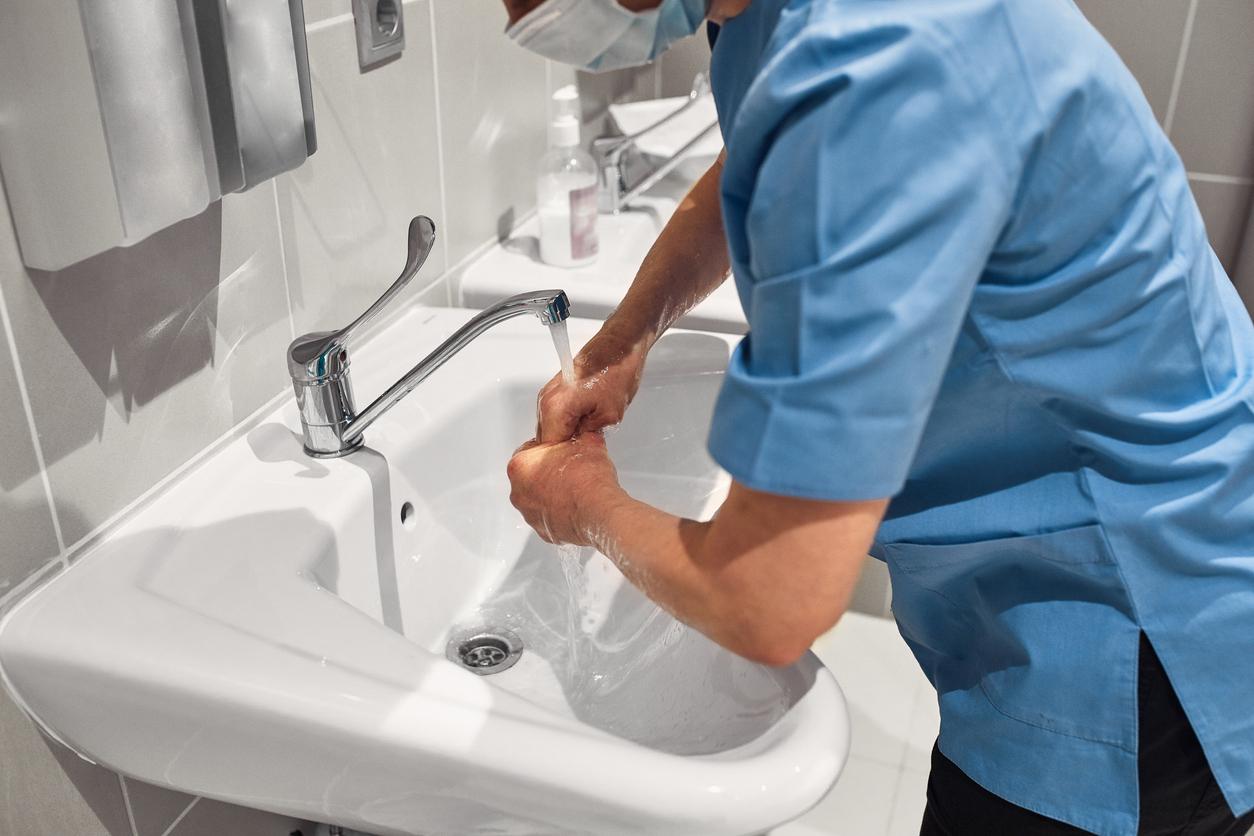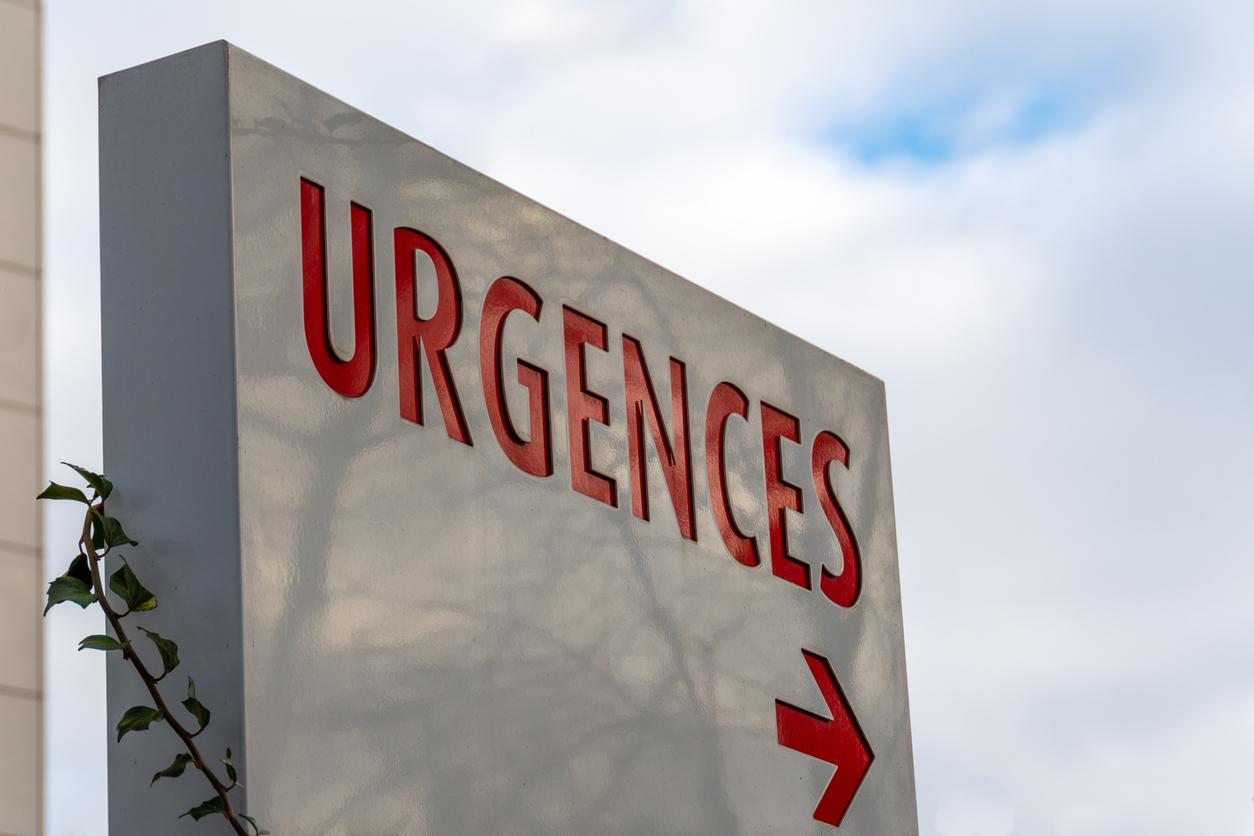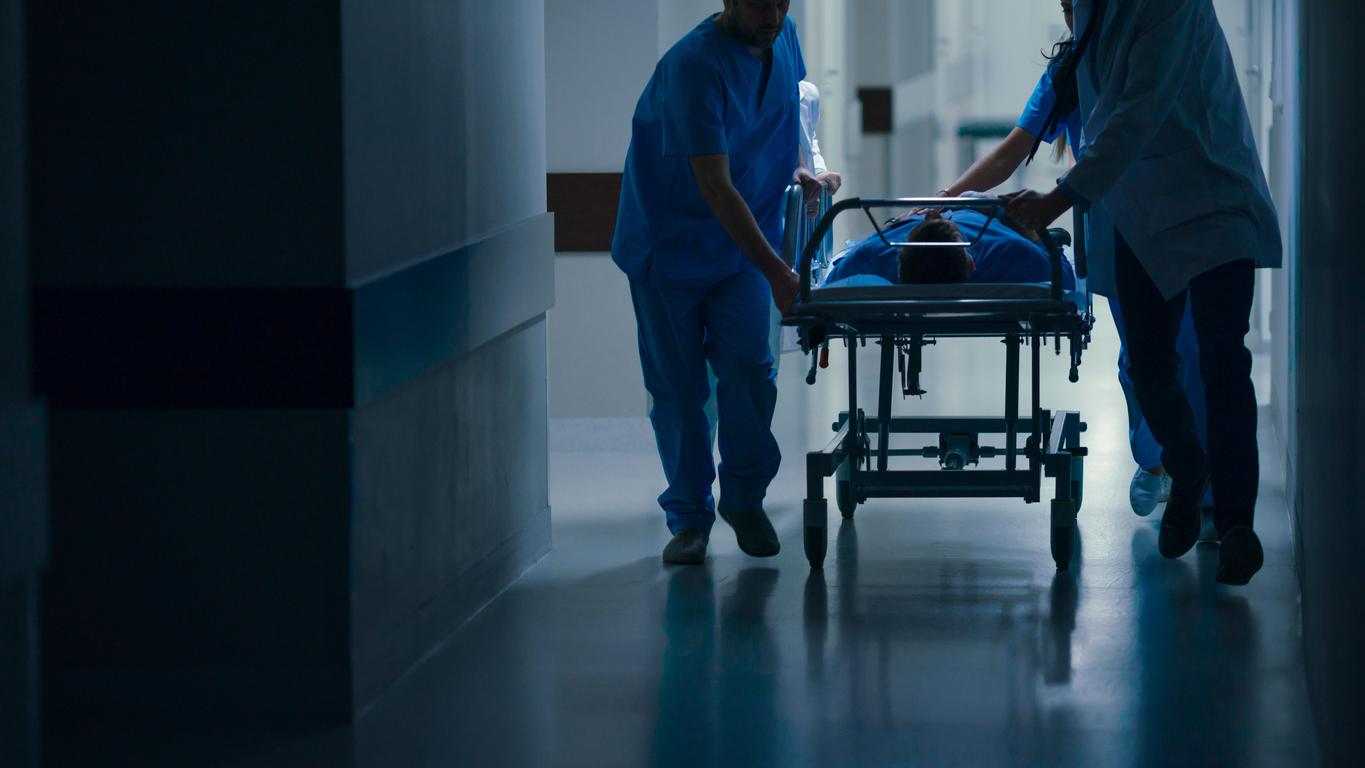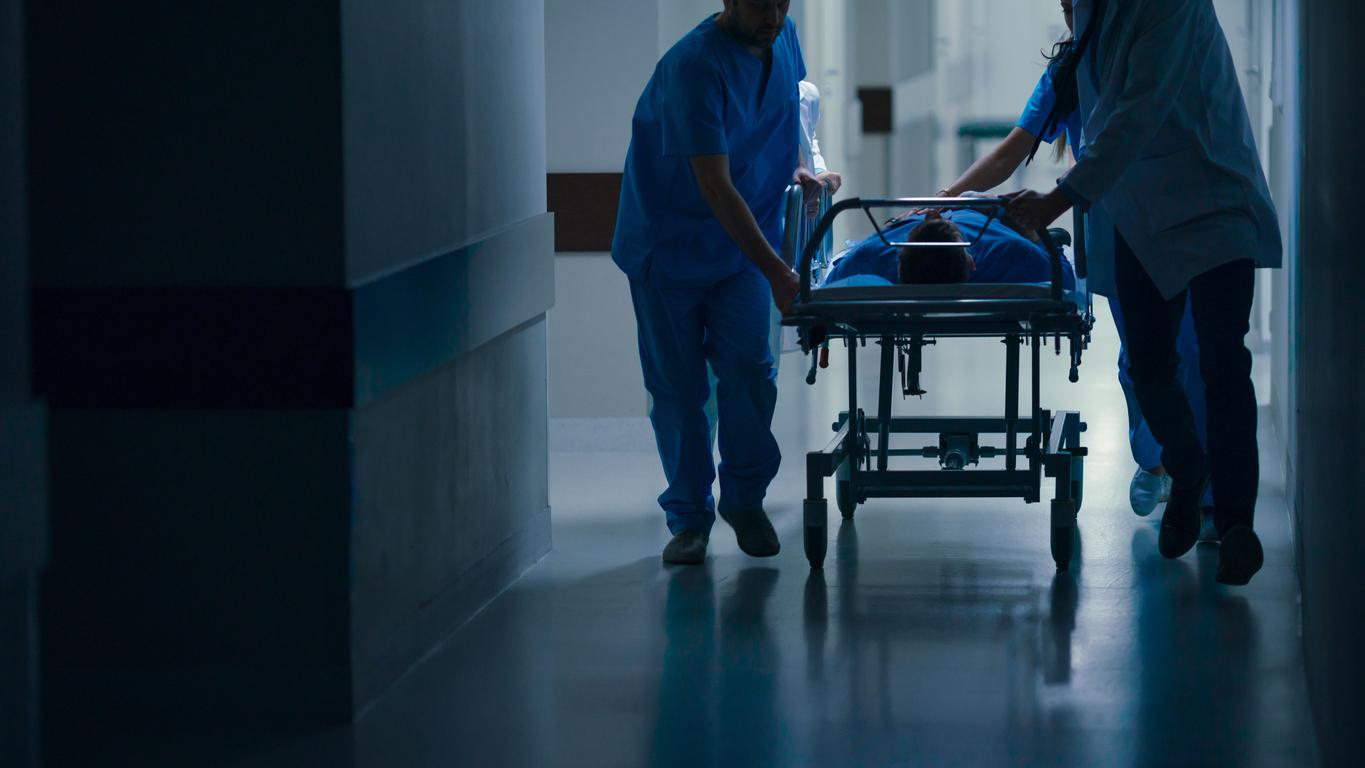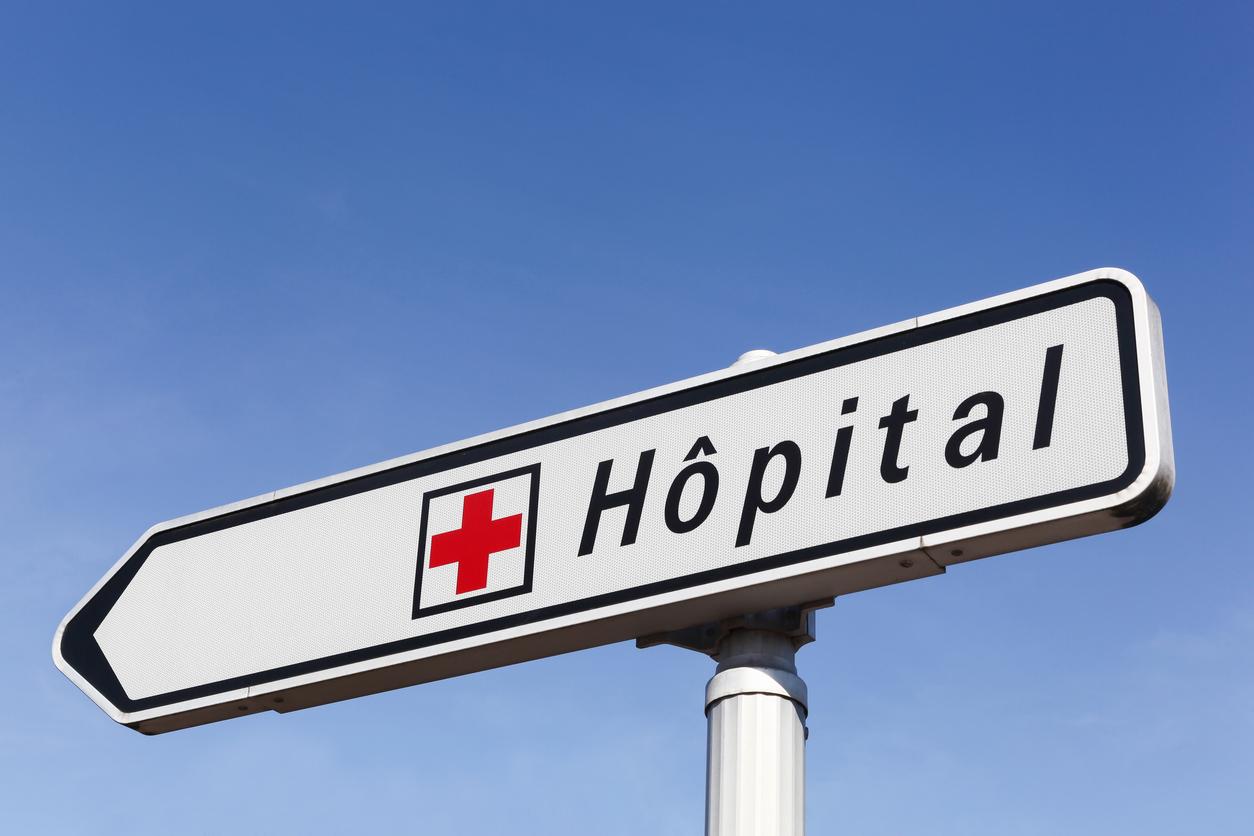Medical hypnosis is developing more and more in community medicine but also in hospitals. But what is it ? What’s the point ? Who practices it? So many questions answered by Dr Marie-Charlotte Desmaizières, resuscitation anesthetist in Paris, hypnopractitioner and referent of the hypnosis institute.
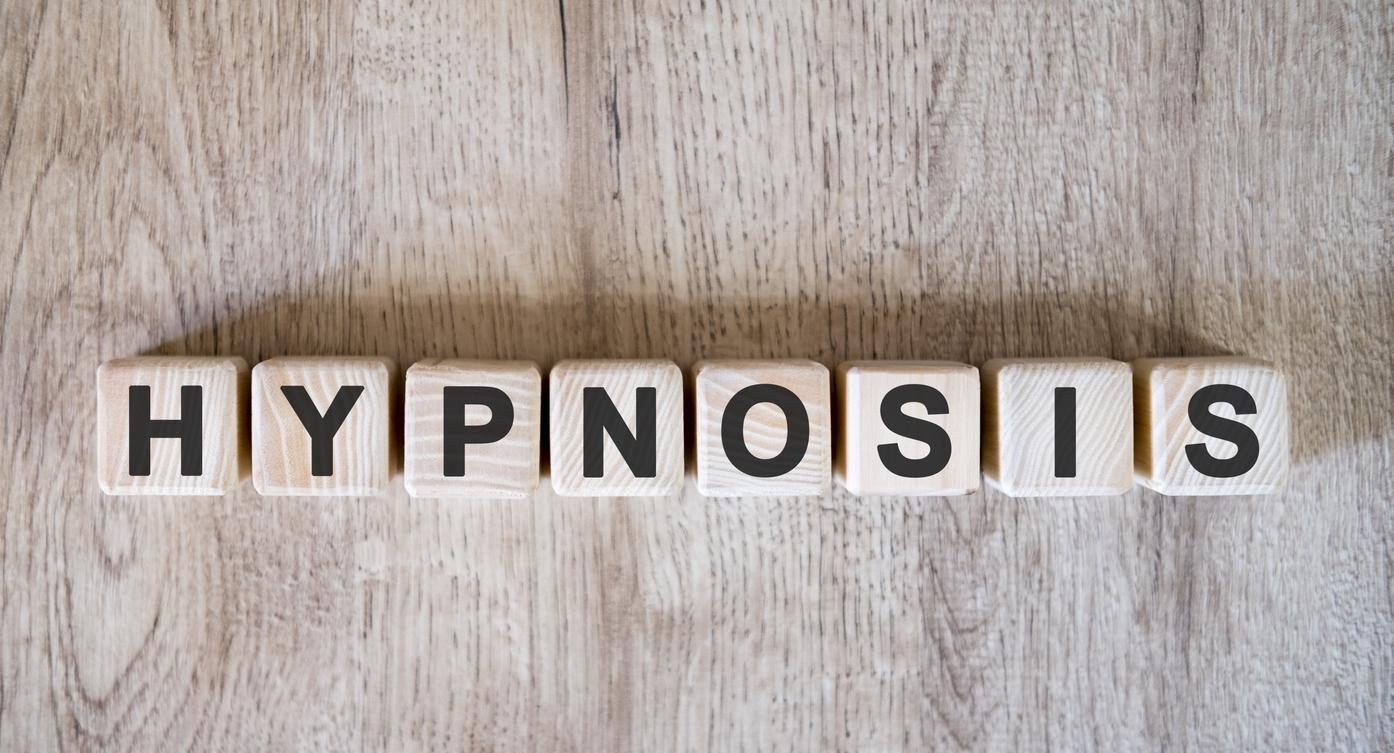
- Medical hypnosis is a tool for managing pain and anxiety primarily. It should not be confused with show hypnosis.
- Hypnosis corresponds to an altered state of consciousness.
- There are no contraindications or side effects to hypnosis, if the healthcare professional is well trained. The side effects are only positive for the patient, but also the medical staff and those accompanying them.
Why Doctor: Medical hypnosis, what is it?
Dr Marie-Charlotte Desmaizières: It is mainly a pain and anxiety management tool. Its exact definition is an “altered state of consciousness”. The medical term is important because hypnosis exists in different fields, including entertainment for which the same basic principles are used but with a different objective. In medical hypnosis, this objective is to be defined with the patient to help him, for example, to overcome pain or undesirable effects of treatment.
How’s it going ?
Hypnosis corresponds to the dissociation of the state of consciousness with the cohabitation of critical consciousness and imaginary or virtual consciousness. The latter allows us to move towards things that do good. But the person is not asleep. Critical awareness is always there to react in the event of danger. The person is not stuck in the imagination.
This is similar to what it feels like to be driving automatically: we are focused on the road but at the same time lost enough to not know how long we have been immersed in our thoughts. But the critical awareness is always there if danger arises. We would react and that’s rather reassuring!
Concretely, there is a preliminary interview between the patient and the caregiver, then during the session, a hypnotic induction phase (modified state of consciousness), then a work phase (with hypnotic suggestions), then the return phase. of hypnosis.
Hypnosis: “it is preferable for hypnosis to be carried out by doctors or caregivers”
What is the difference between medical hypnosis and performance hypnosis?
There is a reluctance to hypnosis because medical hypnosis is often confused with show hypnosis which is often linked to manipulation. Moreover, in this case, it is more of a problem of conditioning (the spectators are motivated and have already prepared themselves for the fact that they are likely to go on stage, to participate) and all the more so since the speaker is known. It also starts from an initial motivation from the patient (a suggestion of sorts). It’s not manipulation, but rather the use of people’s desires.
You should know that if some people say they are not receptive to show hypnosis, this does not mean that they will not be receptive to medical hypnosis.
There are 10% of people who are hyper receptive to hypnosis, 10% who are hypo receptive and the remaining 80% may be receptive.
It is preferable that it is caregivers (doctors, midwives, nurses, etc.) who practice hypnosis because it is a tool, an aid, and you must be able to offer something else if that does not work. These practitioners are also trained by health professionals in recognized establishments.
Is it scientifically recognized?
In fact, there is a whole history of hypnosis. And it begins in –6000 BC, before the arrival of anesthetics. And its use has made it possible to use less anesthetic gas, then anesthetic products, and thus reduce the side effects.
And numerous scientific studies have proven their effectiveness. Hypnosis thus gradually arrived in hospitals.
Hypnosis: “adapting to the patient and their desires”
-Hypnosis is used in what areas?
It is used in maternity, in the operating room, in medical departments, in psychiatry (but in this case in psychotherapy), in radiology (when you have an MRI for example), in physiotherapy (to reduce pain and apprehension), in oncology (to reduce nausea, vomiting, support families, etc.), in the laboratory (to reduce the pain of the injection), in pain assessment and treatment centers (chronic pain).
Medical hypnosis makes it possible to support patients with the side effects of chemotherapy, anxiety, the announcement of bad news, the installation of a PAC (box positioned under the skin and connected to a catheter used mainly in chemotherapy, Editor’s note), etc. In this case it provides relief on the day of the procedure or beforehand by controlling anxiety. Self-hypnosis (learned during group or individual sessions) can also be used, particularly for pain, in preparation for childbirth, during epidural installation, in order to learn to manage and live with it.
In the operating room, hypnosis can be used alongside general anesthesia in order to reduce the doses of anesthetics and therefore the side effects. This allows you to wake up calmly as well as when falling asleep, with a reduction in pain.
The second way to use hypnosis in the theater is hypnosedation which is coupled with local anesthesia and sedation adapted to the patient. This practice is reserved for more “superficial” interventions but usually carried out under GA (colonoscopy, removal of a breast tumor, etc.). The patient will be able to report the slightest problem to the practitioner.
But all this is prepared in advance in consultations during which the professional explains the process.
Are there any side effects?
There are no contraindications or side effects if the healthcare professional is well trained. The side effects are only positive for the patient, but also the medical staff and those accompanying them. What is important is to adapt to the patient and their wishes.
Please note that hypnosis is not reimbursed by social security but may be reimbursed by certain mutual insurance companies.








